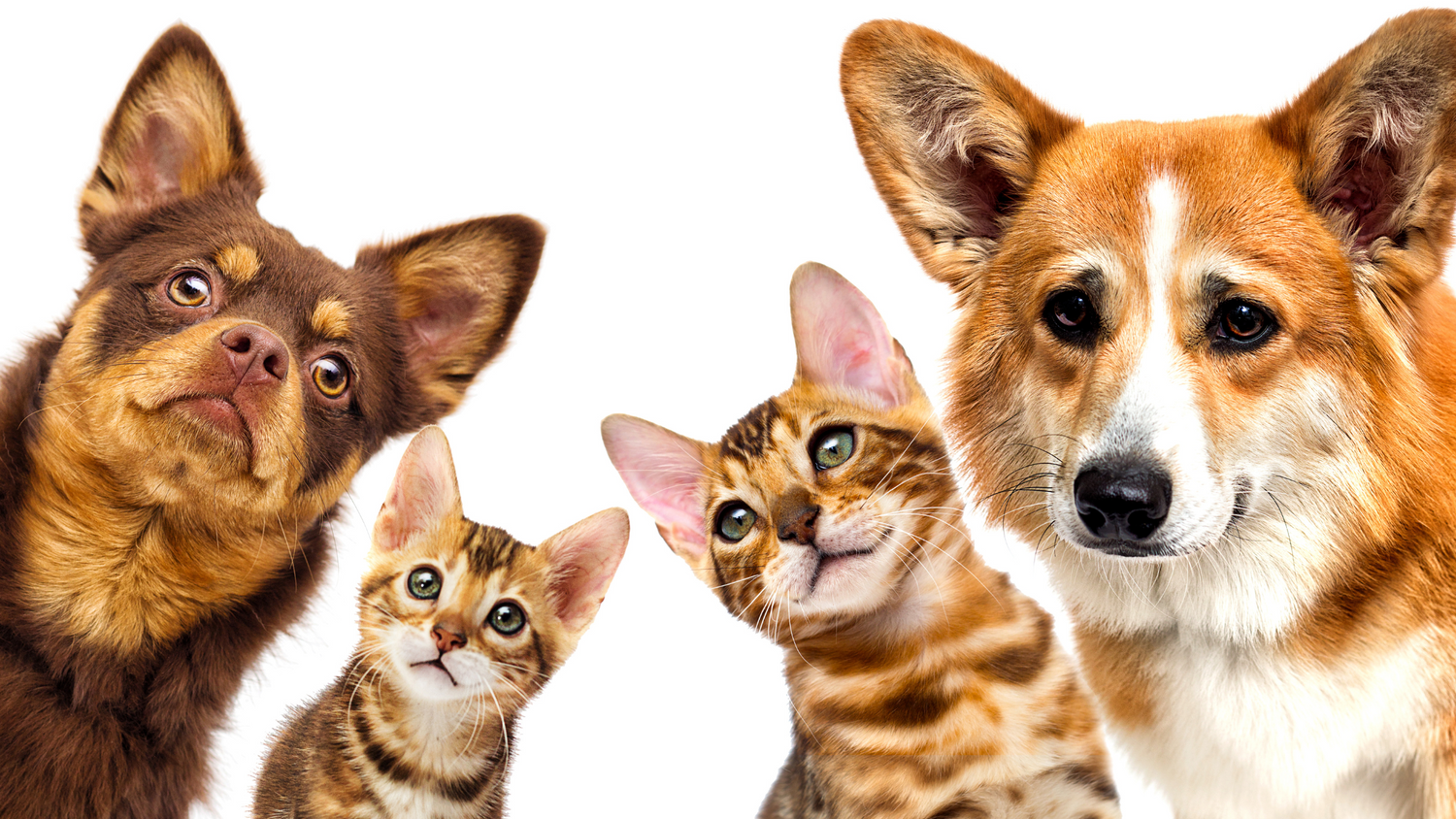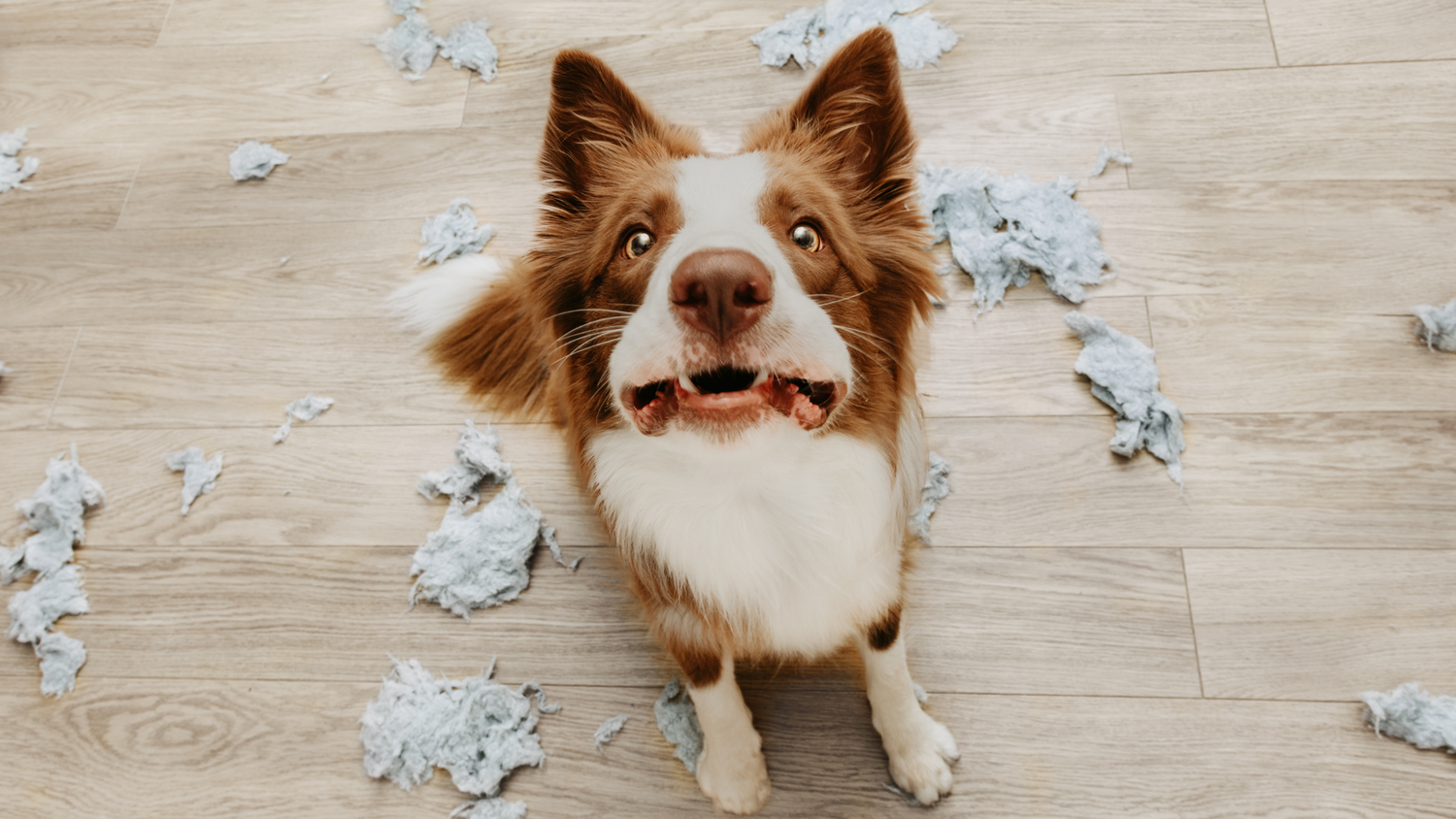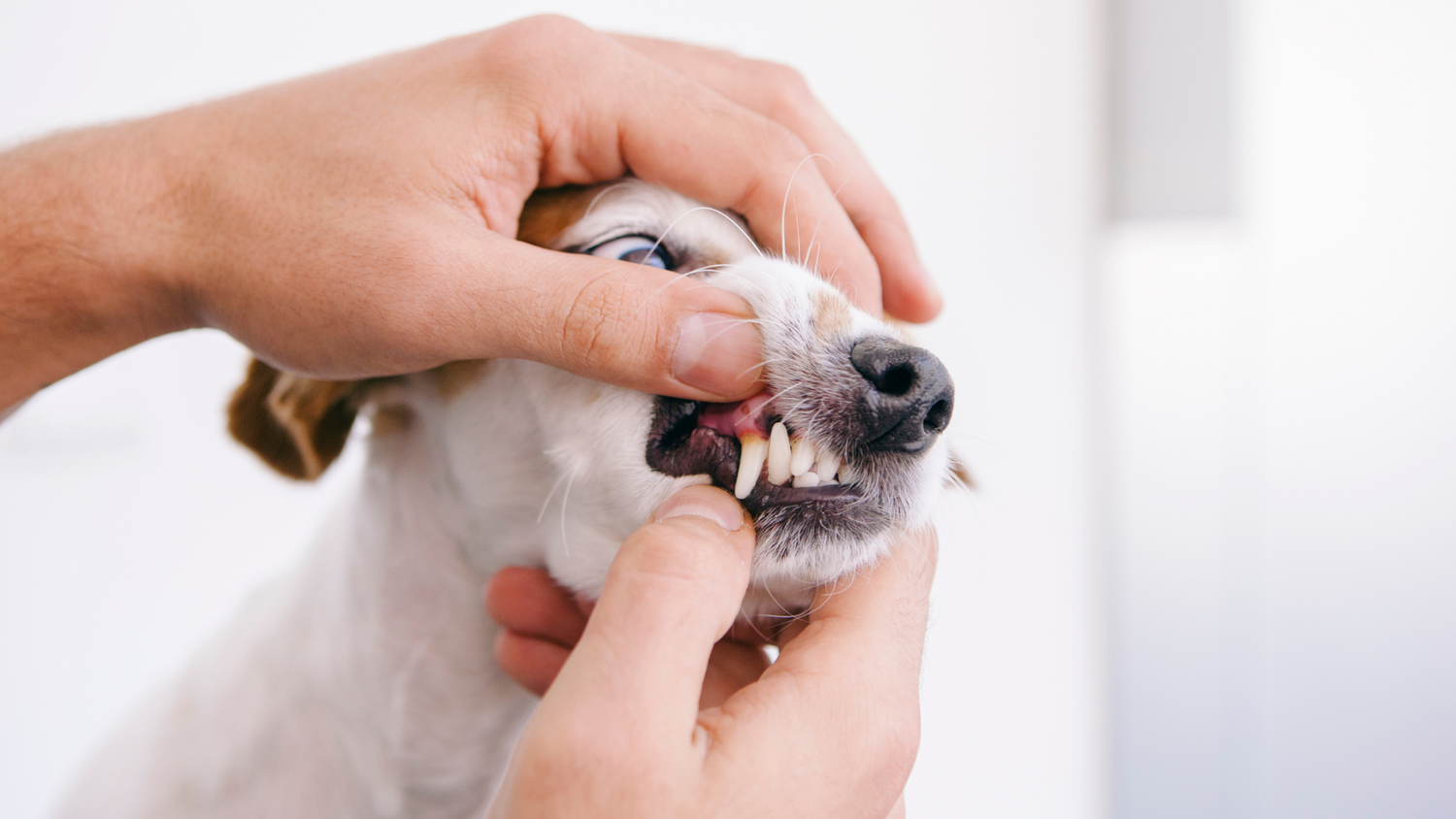You leave the house for work and come back to chewed up shoes, destroyed furniture and poop on the floor. Don’t get angry too soon, because this could be a sign your furry friend is suffering from separation anxiety. Our dogs love us unconditionally and wish they could spend every waking minute with you (including when you need to go to the toilet). For many, they may experience a level of anxiety when we’re not around… does this sound like your pup?
What is separation anxiety?
Separation anxiety is exactly what it sounds like - an animal experiences anxiety when separated from their owners. Dogs with separation anxiety often evoke strong emotions - such as agitation, restlessness, fear and sometimes aggression.A common trigger for separation anxiety is a traumatic experience or event in which the dog was confronted with an extremely stressful parting. Therefore, when handling your dog’s mischief, it’s important to remember he’s not behaving this way to be naughty but it’s a natural panic response to cope with the stressful situation.
Some common events that may have triggered his anxiety in the past are:
- Being left alone for the first time
- Experiencing a traumatic event such as abuse, neglect or being in a shelter
- Loss of a family member or pet
- The introduction of another dog
- Being left alone after being accustomed to their owner’s presence (this is particularly likely during covid-19 when your pet may have been with you more than usual during lockdown).
What are some common symptoms of separation anxiety?
The symptoms of separation anxiety differ depending on the dog’s temper and severity of it’s anxiety. However, these are some common symptoms of separation anxiety in dogs:- Digging and scratching at doors or windows attempting to escape or find their owner
- Destructive chewing, scratching, and digging
- Howling, barking, and whining
- Unusual urination and defecation (even with house-trained dogs)
- Nervous and obsessive pacing
- Excessive panting, drooling, or salivating
- Aggressive growling
- Intense outbursts of energy, zoomies, or going berserk when the owner comes home
Ways To Combat Your Dog’s Separation Anxiety
Don't make a fuss when you come and go!
A common mistake when owners make before leaving is giving your dog lots of hugs and kisses before going out. Another mistake is getting excited, hugging your dog and speaking in a high-pitched voice the moment they return. This risks the dog interpreting those types of interaction with their owners as indicators that something scary is about to happen to them or recently happened to them. It’s best to calmly say goodbye and leave. When you return, quietly and calmly say hello and don’t be overly affectionate.
Make it a good experience!
Counterconditioning can be an efficient way to “trick” the dog’s mind into eventually accepting time separated with their owner. It’s done by making fearful and threatening situations more pleasant and appealing by associating your departure with desirable things - like treats and goods. For example, when you leave for work, you could leave your dog with a lick mat or a few treat dispensing toys.
Exercise Your Dog!
This includes mental exercises such as puzzle toys, snuffle mats or hide and seek! A lot of behavioural problems with dogs stem from having too much energy. By exercising your pup both mentally and physically before you leave the house, you’ll find the symptoms of separation anxiety are much milder.
Create Personal Space For Your Dog
Instead of sleeping with your dog, get them a separate dog bed or consider crate training. This will teach your dog to enjoy having their own space and will relieve their anxiety.
Make It Comfy For Them!
Leaving comforting items such as dirty laundry with your scent will relax your dog and remind them you will come back. Also calming background music such as nature sounds can help your dog relax and fall asleep. Before you leave, make sure to remove any stress factors such as chokers, collars or chains so they’re as comfortable as possible!
Diet
Nutrition plays a key role in your dog’s anxiety levels. Some foods that can help your pet relax are:
-
Foods that are rich in omega 3 such as tuna, mackerel and sardines. If you don’t want your house smelling like oily fish, you can give your dog Pet Drs Mega Oil. Omega 3 has been proven to slow the release of adrenaline during times of stress leading to a calmer dog.
-
Turkey - contains contains L-tryptophan which is required to produce serotonin which regulates social behavior, mood, appetite, sleep, memory, and many other important functions.
-
Sweet potatoes - regulates blood sugar levels and improves dog’s vision, growth and prevention of diseases.
-
Pumpkin seeds - contains Selenium which has been linked to improving anxiety and depression.





